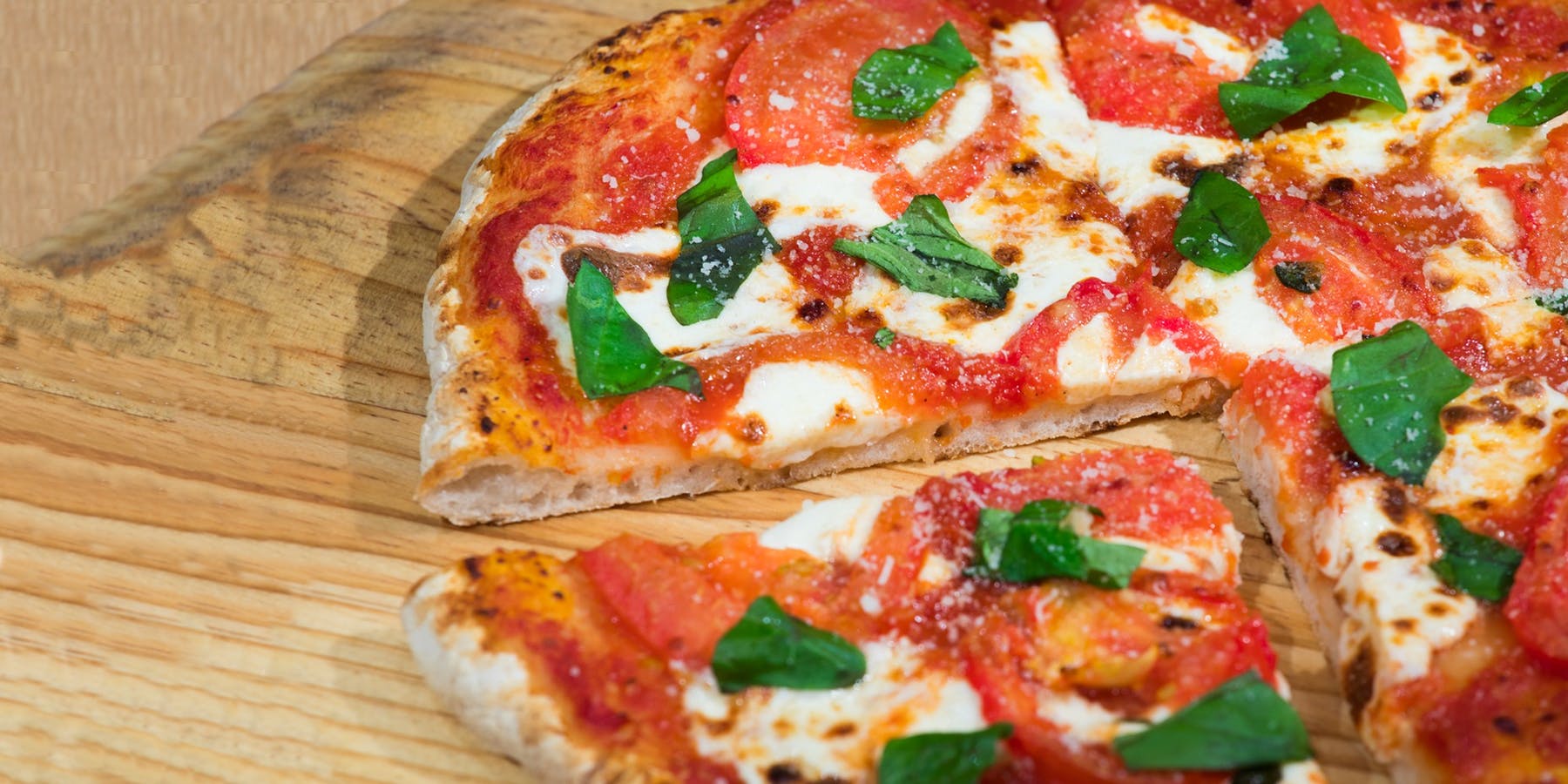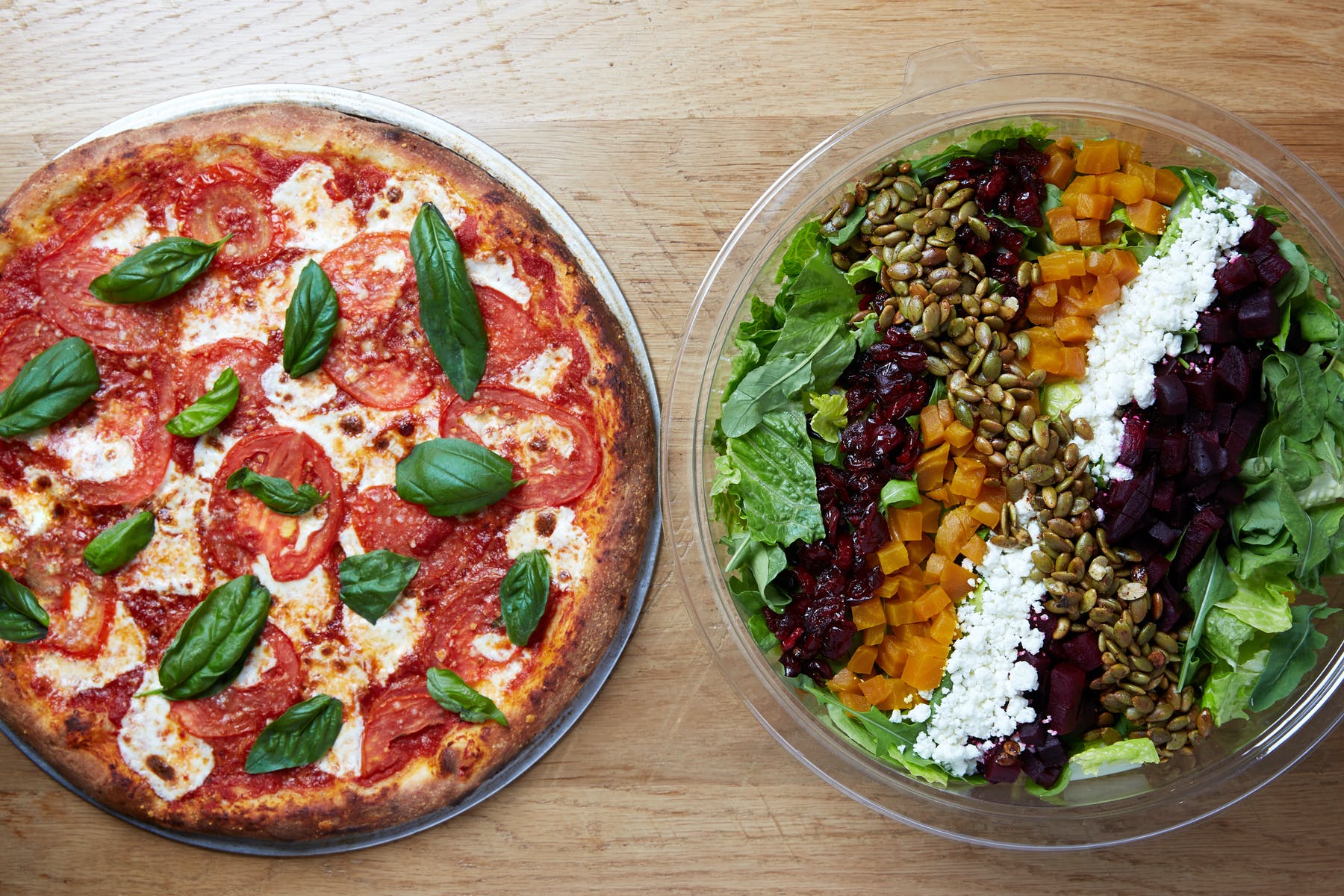Food Delivery Service Spread is a Restaurant-Friendly Alternative to Seamless, GrubHub & Doordash
Struggling restaurants slammed by the pandemic need a break from high delivery-app fees.

Food delivery apps were already taking off when the coronavirus pandemic began in early 2020 but cities full of people forced to stay home to avoid spreading COVID-19 pushed business for the likes of Seamless, DoorDash and Grubhub into the stratosphere.
They—and apps like them—were, for some restaurants, the only way to stay even partially afloat without actual customers able to walk in and sit down. And the Wall Street Journal reports that the beefy extra fees those apps charge the restaurants they list has led “entrepreneurs and eateries” to “pitch workarounds” like Andrew Wang’s new food delivery service startup, Spread.

As the WSJ reports, the problem is the likes of DoorDash and Uber Eats can “charge restaurants up to 30% of every order—a chunk many owners say dents profits even as more orders come in.”
What’s the difference between that and Wang’s Spread? The founder told the Journal that the “pain” restaurants experience from those beefy commissions “is not new… the pandemic just exacerbated it.”

Wang saw a solution with Spread. His site charges just $1 to restaurants and is intended to be, in the words of the WSJ, a “cheaper and more restaurant-friendly alternative to the big apps.”
Restaurants, Wang told the paper, give his company lower prices, dropping the mark-up used on bigger apps to meet their outsized commissions. Out of the 150 or so restaurants working with Spread, at least half do their own deliveries and can set relatively low delivery fees.
Spread, which is based in New York, then uses a partner to complete the remaining orders received.Over email, Wang tells us that while Spread is, for the moment, “definitely focused on NYC,” the company’s next target markets are likely to be Philadelphia, Boston, Washington DC, Chicago, and Los Angeles.
The online entrepreneur is serious about taking on the big services, though, telling Eater in a 2020 interview that his “goal is to hopefully get all restaurants to that point, where they have more orders coming through their own platforms than through Grubhub.”
To anyone who has grown tired of the size of the bill for even the simplest order delivered from their favorite local eatery, that would be a welcome service indeed.
